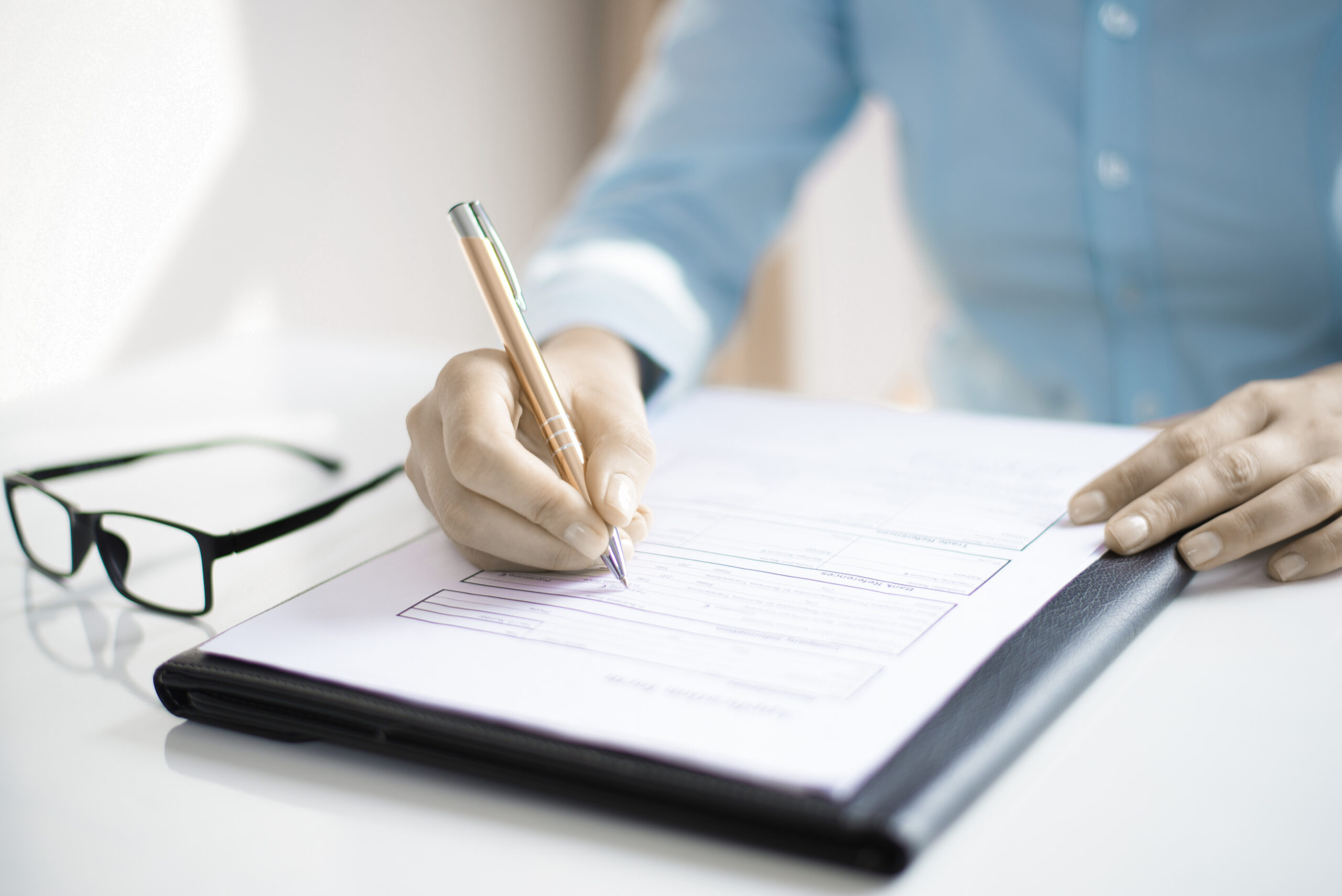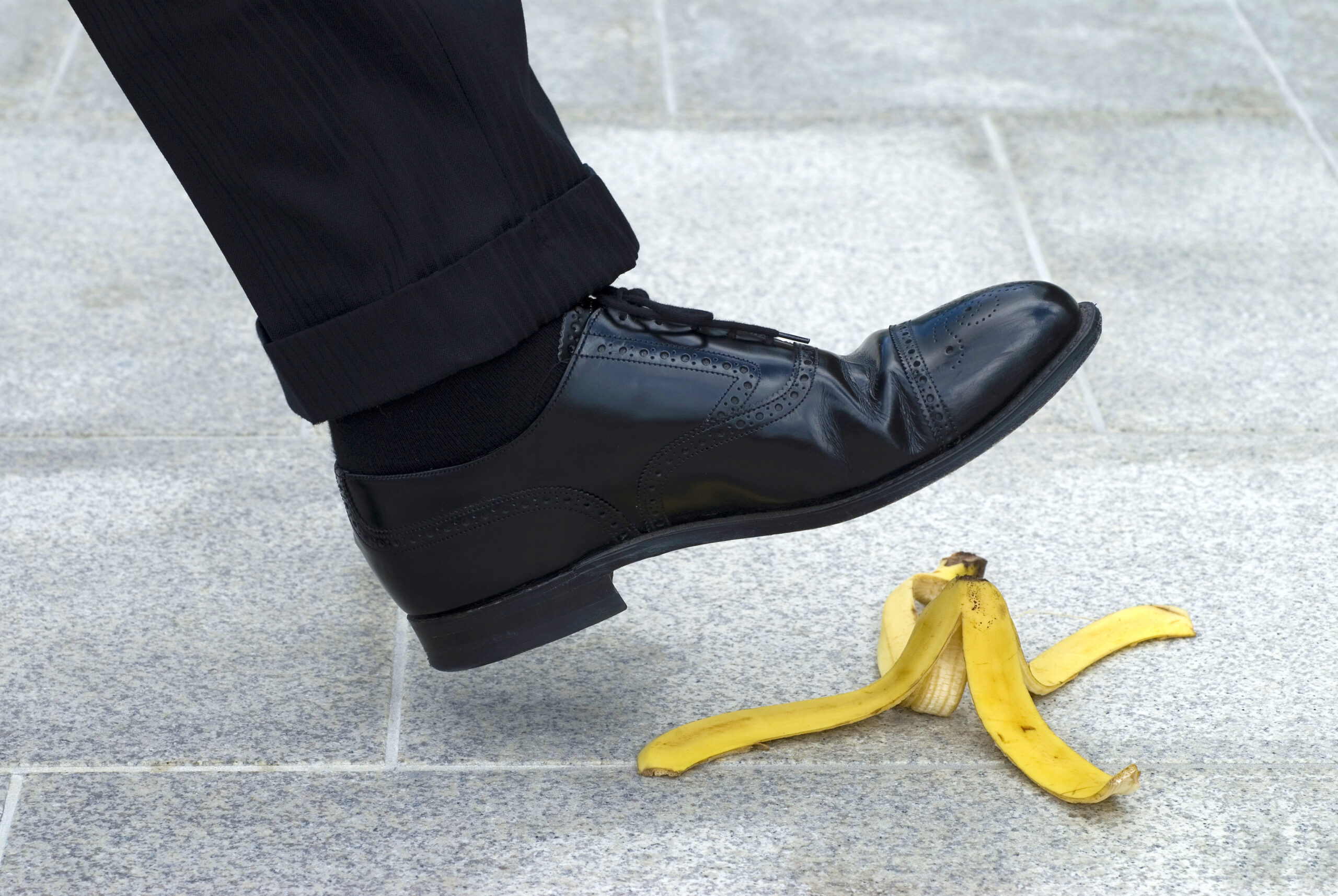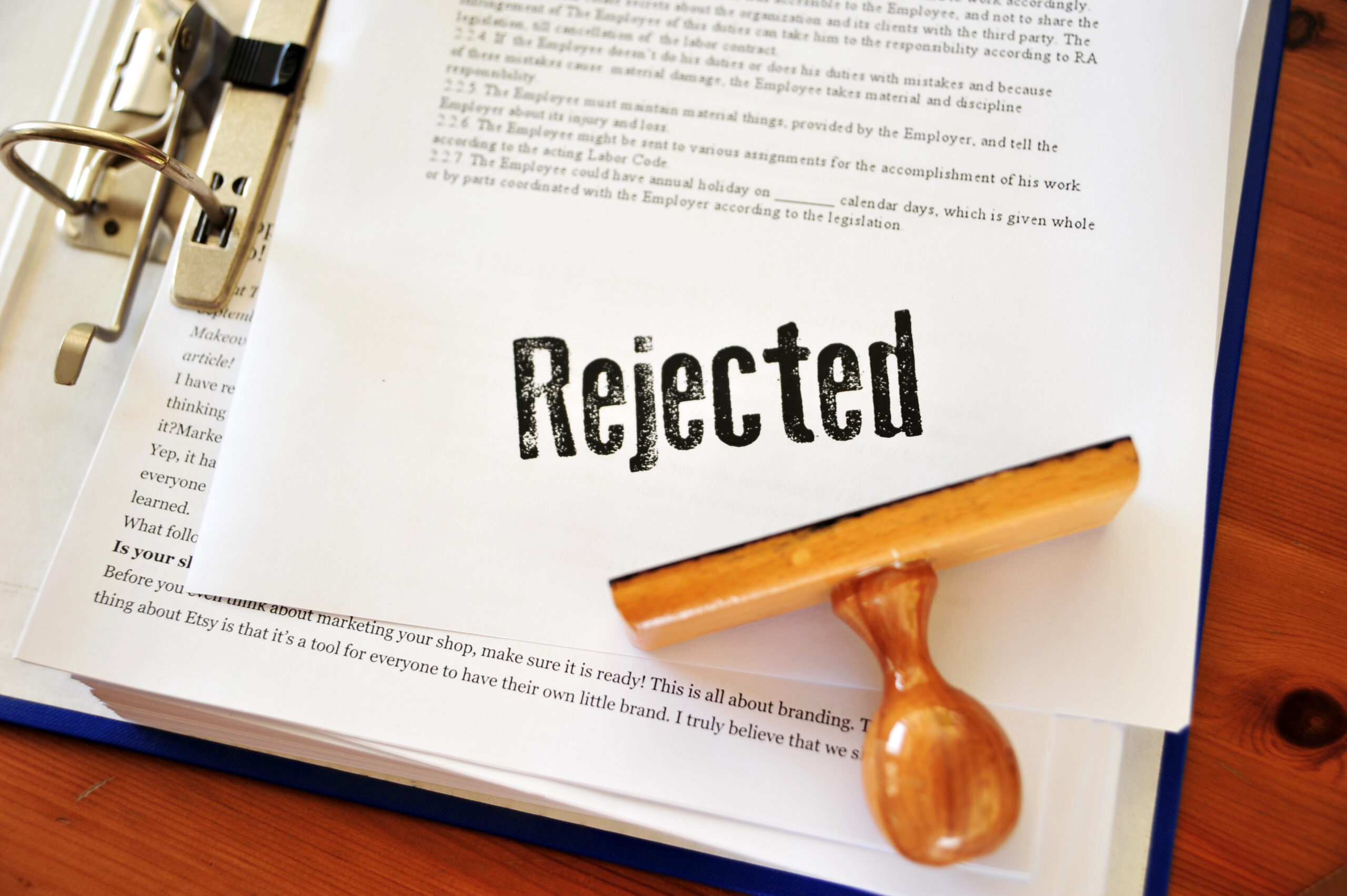“It’s annoying to hear – your arguments are not persuasive or they are considered moot in the view of new grounds of rejection”
Negotiating a Patent with the Examiner
Patent prosecution begins with filing a patent application before the USPTO. The examiner then sends an office action detailing the rejections based on prior art references, ineligible subject matter, etc.. In response to the rejections, you will be required to document your arguments and amend your claims as needed. These are tasks that require great attention to detail, and can be particularly daunting during the nascent stages of your career, when you are still learning to effectively analyze office actions and prepare winning responses.
Once you have responded, it is of course possible that the examiner might not find your arguments persuasive, or might come up with new prior art references, and send you another rejection. Sometimes, this may lead to a rejection being denominated as a new ground of rejection, despite the core of the rejection not having been changed. Despite all your efforts, after going back and forth on office actions, you land up with a final rejection. Then what do you do? You request for continued examination.
Request for Continued Examination (RCE)
Isn’t it ridiculously frustrating when the examiner says that either your arguments are not persuasive or they are moot in view of a new ground of rejection, particularly one that, at its core, was the same thing that you’d been fighting? After your final rejection, you might decide to file a Request for Continued Examination (RCE) under Title 37 of the Code of Federal Regulations (CFR) § 1.114. You will need to again make arguments and amend your claims in the RCE, but even this might be futile.
In my early years as a patent prosecutor, the most exasperating part of the process for me was what I call the ‘RCE merry-go-round’. As per the USPTO patents pendency data in May, 2021, the average total pendency time of an application without RCE is 22.8 months. The pendency of applications which include at least one RCE is more than twice that, at 46.2 months. With an RCE, you can feel like you are going around in circles most of the time, without moving ahead in the prosecution process. This was one of the most frustrating aspects of my early career as a patent prosecutor, and discovering how to avoid it has made my patent prosecution substantially more rewarding.
Alternatives to RCE
In order to understand how I got off the RCE merry go round, I think it makes sense to start by looking at the alternatives. To my mind, there are two: (1) abandon the application, or (2) appealing the rejection. When I started my career, these seemed like false alternatives. Abandoning the application obviously means that (absent continuations or other related cases) there will be no patent, while appeals are both long and expensive. Additionally, abandonment and appeals both have a certain finality to them, while RCEs are like a siren song whispering that an allowance might be right around the corner. However, one of the defining characteristics of a merry-go-round is that you can go around forever. Accordingly, to get off the RCE merry go round, it is necessary to accept the alternatives, and I have found that the most palatable way to do this is to plan for them from the beginning and set your goal as having no RCEs.
Laying the Groundwork for an Off Ramp
To understand how to avoid the RCE merry go round, let’s work backwards from the point where you have received a final rejection. If you are going to abandon the case, it would mean that whatever protection may be available is not significant enough to be worth fighting for. For example, the examiner may have found a prior art reference that is so close that any innovative features that aren’t described in that reference aren’t commercially relevant in any case. If you are going to appeal, it would mean that you have made all of the arguments that are worth making but still reached an impasse with the examiner. The question then, is how do you get to the point where there are no arguments worth making on any commercially significant feature after only the second office action? I have developed two guidelines which have served me well, and which I believe are generally applicable to prosecuting cases while avoiding RCEs.
#1. Include All Your Points of Novelty in Your Claims
By including all of the features you may want to use to distinguish the prior art at the outset, you can avoid a scenario in which you end up having to file an RCE to add a limitation distinguishing a newly cited reference. The result of this is that my claim sets generally look like trees, with broad independent claims and then multiple, relatively deeply nested sets of dependent claims. For example, if there are multiple innovative ways of implementing a commercially significant feature, I will generally have a branch of dependent claims for each. This way, if the potential to protect one branch is pruned off by the prior art, I can still point to another branch as innovative without having to make an amendment that could trigger a final rejection. Similarly, if the claims recite all of the commercially meaningful novel features from the outset, then if I reach an impasse I can be confident that any additional tweaks will, at best, result in a patent directed to something that isn’t commercially significant. In that situation it is easy to recommend an appeal, and to avoid getting on the RCE merry go round in the first place.
#2. Be Very Concrete
There’s a phrase in patent drafting called “picture claim.” This term is often used as a pejorative, but in actuality, it can be quite helpful to have a picture claim or two included in your claim set. As they say, a picture is worth a thousand words but the real concept is not to have a lot of words but to have words that are very concrete. It means that your claims are going to very concretely focus on something that is
a. Of value to your client (e.g., the preferred embodiment of their commercial product);
b. Unlikely to be covered in a generic reference written by someone who didn’t actually implement your technology.
Having this type of picture claim is useful because it can avoid getting trapped in multiple rejection-response cycles (and therefore RCEs) due to disputes over wording. This is particularly critical because the broadest reasonable interpretation rule means that examiners are almost certain to prevail if there is a dispute on how a claim can be interpreted. However, if you have a concrete claim at the end of your dependency tree, then you will be much less likely to be in a position where there’s a misinterpretation, and so you can be confident that any impasse is likely to reflect a substantive disagreement with the examiner which can’t be resolved by any amount of RCE-enabled tweaking. Once again, you can straightaway head to the appeal route without getting on the merry-go-round.
Takeaway
That’s how I avoid getting on the RCE merry-go-round. I know, it absolutely increased my quality of life as a patent attorney. I used to feel that there must be something wrong with me that I could not seem to get my case allowed. I would make changes an examiner seemed to be comfortable with in an interview, just to have him or her issue another rejection and avoid addressing the changes I just made by saying they are moot in view of a new ground of rejection I felt didn’t change anything. This was annoying and felt awful. However, by using a logical approach that plans for appeals from the outset, if you reach an impasse you can be confident you did your best and not feel any temptation to continue to futz around. You can even reduce the number of appeals by avoiding certain obvious mistakes while responding to office actions.
You can also check out our tool, Arguminer, which analyzes your office action and matches it with responses most likely to put you on track for success. It’ll help you reduce the frustration of patent prosecution by providing proven arguments, which experienced attorneys have used to overcome their toughest rejections. I have been able to get past this unpleasant chapter of being trapped on the RCE merry-go-round during my career and I hope with the above guidelines, you are able to get off it too.
Disclaimer – “The statements and views expressed in this posting are my own and do not reflect those of my law firm, are intended for general informational purposes only, and do not constitute legal advice or a legal opinion.”














